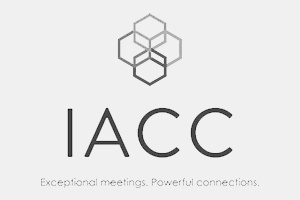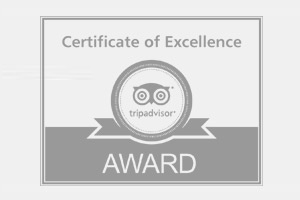It’s easier said than done to put on a quality training event. While anyone can reel off information to an audience, it’s a lot more challenging to engage and teach. In fact, it’s something of an art form - particularly if you’re trying to explain a complex topic or boost motivation.
Fortunately, it’s still possible to organise a successful training event without spending years honing your teaching skills. Here are a few tips to help you nail your content delivery and avoid putting your audience to sleep:
Choose the Right Venue
Not all training venues are created equal, so make sure you choose one which creates the right atmosphere for your audience. Great natural light, a flexible layout and equipment that won’t let you down will all help your event run smoothly and prove far more inspiring than a dim, featureless meeting room. You might also want to consider mixing up the layout by adding beanbags or small groups of chairs around single tables to encourage discussion. Switching up the conventional ‘rows of chairs’ format can help bring a fresher approach to your training session and encourage people to relax.

Know your Audience
A thorough understanding of the goals and ambitions of your audience will help you tailor a killer training session. Learners need to see the relevance in what they are being taught, otherwise they’re more than likely to switch off. Make sure your content provides real value to your audience and that you demonstrate at regular points how they can take the information you offer and put it to use in their current roles. Once your audience understands the purpose behind the educational experience and can relate it to their own experience and interests, motivation and engagement will naturally rise.
Plan the Format Right
There are a few key elements to bear in mind when devising a winning format. First up, set expectations by sharing an outline of the day in advance - attendees like to know what’s in store so they can feel prepared and ready to engage. Make time for an ice-breaker activity to encourage people to relax, but choose with care so as not to make anyone feel awkward or like they’ve been put on the spot. After the learning activities, be sure to include a round-up which pulls together the key points and takeaways of the session. And finally, follow up the training with a short survey to evaluate your own performance - by taking on board feedback, you can perfect your offering in the future.

Cater to Different Learning Styles
People learn in different ways, so it’s important to diversify your delivery in order to maximise engagement. Kinaesthetic leaners are more likely to absorb information by physically performing an action; visual learners respond to images and videos; and auditory learners prefer to hear information rather than see it presented. By including a range of teaching methods, from audio and visual presentations to interactive tasks, games and group discussion, you’ll ensure there’s something in there for everyone.
Tell a Story
Harness the power of storytelling at your next training event by telling a tale or using a metaphor that relates to everyday life. Stories are emotive, trigger the imagination and inspire people to think. By incorporating this technique into your training, you can make a topic more interesting and immersive to the audience; adding a touch of realism makes the point more relatable.

Chunk the Learning
While you may have to fight the temptation to impart every last little grain of wisdom to your audience, resist it you must! One of the most effective ways of keeping your audience engaged is to keep the learning segments short and sweet. Keep each session to a maximum of two hours or ensure you factor in plenty of brain breaks. Instead of providing handouts or presentation slides covered in dense notes and blocks of text, list key information in bullet points or numbered lists.
Training is as much about keeping an audience entertained as conveying wisdom. By focusing on ensuring your training event varied, lively and fun, you’re more likely to engage your attendees while they learn a thing or two. And if that’s not a sign of success, we don’t know what is.






